Home>Gardening & Outdoor>Landscaping Ideas>How To Grow Grass In The Winter
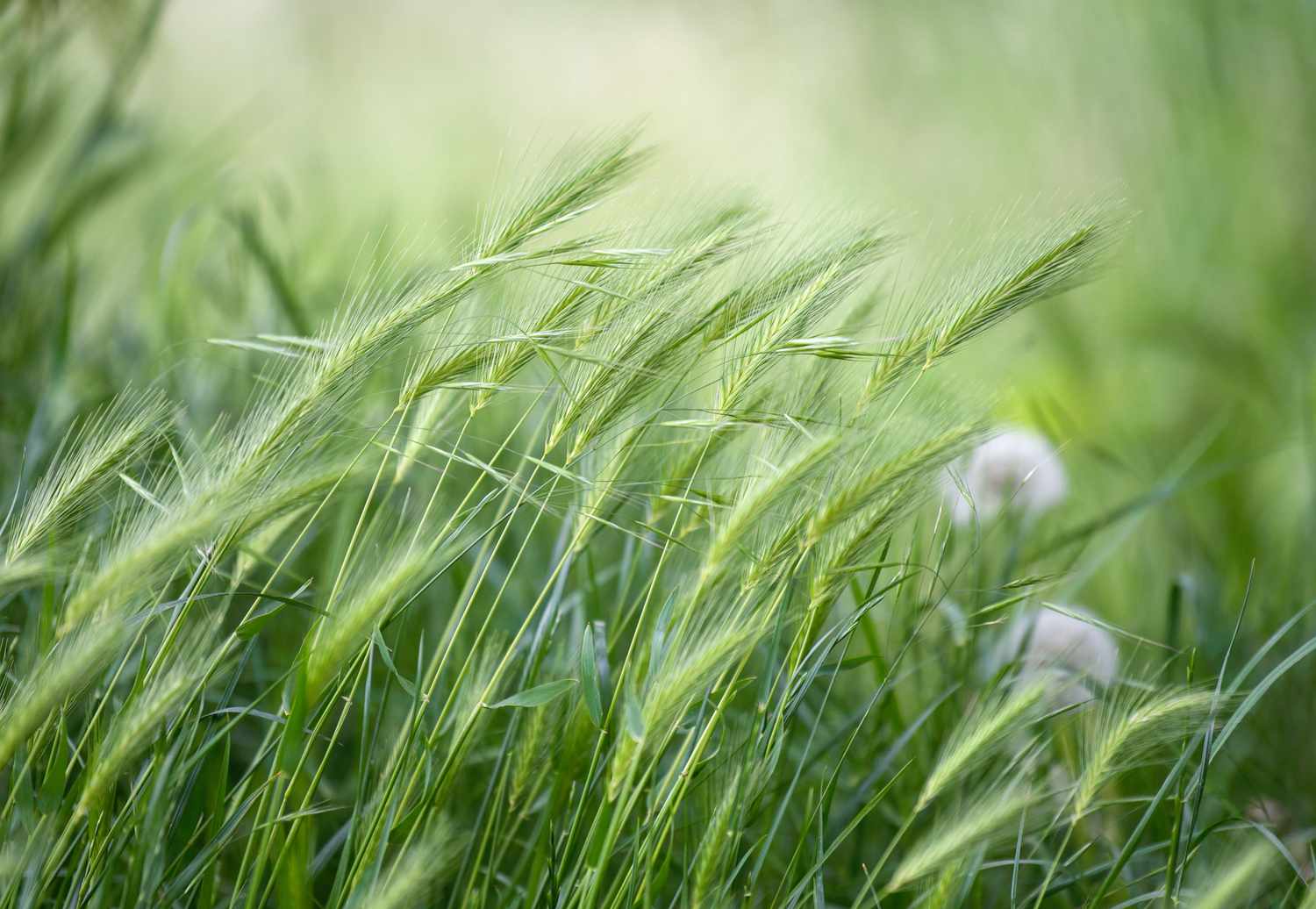

Landscaping Ideas
How To Grow Grass In The Winter
Modified: August 20, 2024
Learn effective landscaping ideas for growing grass in the winter to keep your lawn green and healthy. Discover expert tips and techniques for winter lawn care.
(Many of the links in this article redirect to a specific reviewed product. Your purchase of these products through affiliate links helps to generate commission for Storables.com, at no extra cost. Learn more)
Introduction
Are you dreaming of a lush, green lawn even in the midst of winter? While the cold season may seem like an unlikely time for grass to thrive, with the right knowledge and techniques, you can indeed grow and maintain a vibrant lawn during the winter months. In this comprehensive guide, we will explore the ins and outs of growing grass in the winter, from understanding the unique growth patterns during this season to selecting the most suitable grass types, preparing the soil, planting the seeds, and providing the necessary care to ensure a healthy and beautiful winter lawn.
Many homeowners tend to overlook the potential for winter grass growth, assuming that the frosty temperatures and harsh conditions render it impossible. However, by delving into the nuances of winter grass care, you can transform your lawn into a verdant oasis, even when the world outside is blanketed in snow. Whether you reside in a region with mild winters or face the challenges of sub-zero temperatures, this guide will equip you with the knowledge and strategies to foster thriving grass throughout the winter season.
So, grab your gardening gloves and join us on this journey to uncover the secrets of nurturing winter grass. By the end of this guide, you will be well-versed in the art of cultivating a resilient and vibrant lawn that defies the limitations of the winter season. Let's dive in and discover the wonders of winter grass growth together!
Key Takeaways:
- Growing grass in winter is possible with cool-season grasses like Kentucky bluegrass and ryegrass. Understanding their unique growth patterns and providing proper care can transform your lawn into a vibrant oasis even in the cold.
- Selecting the right grass type, preparing the soil, planting seeds with care, and providing ongoing maintenance are crucial for nurturing a lush winter lawn. Embrace the seasonal nuances and revel in the transformation of your outdoor space.
Read more: What Greenery Will Grow In Winter
Understanding Winter Grass Growth
Winter brings a unique set of challenges and opportunities for grass growth. Understanding the behavior of grass during the colder months is crucial for successfully nurturing a winter lawn. As temperatures drop, many warm-season grasses become dormant, resulting in a brown and lifeless appearance. However, certain cool-season grasses have the remarkable ability to thrive in lower temperatures, bringing a touch of green to the winter landscape.
Cool-season grasses, such as Kentucky bluegrass, fescue, and ryegrass, are specifically adapted to withstand the cold and even experience growth during the winter. These resilient grass varieties exhibit optimal growth when temperatures range between 45 and 65 degrees Fahrenheit, making them well-suited for the cooler conditions prevalent in winter.
During winter, the growth rate of cool-season grasses slows down significantly compared to the rapid growth seen in the spring and fall. This reduced growth is a natural response to the colder environment, allowing the grass to conserve energy and maintain its health during the dormant period. Understanding this natural rhythm of winter grass growth enables you to adjust your maintenance practices and expectations accordingly.
Furthermore, the decreased evaporation rates and lower water requirements during winter contribute to the ability of cool-season grasses to thrive. This is particularly advantageous in regions where water availability may be limited or where water conservation is a priority.
By comprehending the unique growth patterns and characteristics of cool-season grasses during winter, you can make informed decisions when selecting the most suitable grass type for your lawn and tailor your care practices to promote healthy and resilient growth. Armed with this knowledge, you are ready to embark on the journey of cultivating a thriving winter lawn that defies the conventional limitations of the season.
Choosing the Right Grass Type
When it comes to growing grass in the winter, selecting the right grass type is a pivotal decision that significantly influences the success of your lawn. Cool-season grasses are the go-to choice for winter lawn cultivation, as they are specifically adapted to thrive in lower temperatures and exhibit growth during the colder months. Among the various cool-season grass options, several stand out as ideal candidates for winter grass growth.
Kentucky bluegrass, known for its lush, dense growth and vibrant green hue, is a popular choice for winter lawns. Its cold tolerance and ability to endure foot traffic make it a resilient option for creating a picturesque winter landscape. Additionally, fine fescue, which encompasses several grass species such as creeping red fescue and chewings fescue, is well-suited for winter growth, offering exceptional cold tolerance and low maintenance requirements.
Ryegrass, both annual and perennial varieties, is another excellent choice for winter grass. With its rapid germination and establishment, ryegrass quickly blankets the lawn with its emerald foliage, adding a splash of green to the winter scenery. These grass types not only withstand the cold but also exhibit remarkable adaptability to various soil types and light conditions, making them versatile options for winter lawn cultivation.
When choosing the right grass type for your winter lawn, consider factors such as your local climate, soil composition, and the specific characteristics of each grass variety. By aligning the unique attributes of the grass with the environmental conditions of your region, you can set the stage for a thriving winter lawn that remains resilient and vibrant throughout the season.
Equipped with the knowledge of the most suitable cool-season grasses for winter growth, you can make an informed decision that lays the foundation for a resilient and visually appealing lawn. The careful selection of the right grass type sets the stage for successful winter grass cultivation, bringing you one step closer to realizing your vision of a verdant and inviting winter landscape.
Preparing the Soil
Before sowing the seeds for your winter grass, it is essential to prepare the soil to create an optimal environment for germination and growth. Soil preparation plays a crucial role in providing the necessary nutrients, aeration, and drainage for the grass to thrive during the winter months. By following a few key steps, you can ensure that your lawn’s foundation is primed for successful winter grass cultivation.
Begin by assessing the soil’s composition and structure. Loosen compacted soil using a garden fork or a mechanical aerator to enhance the soil’s porosity, allowing air, water, and nutrients to penetrate effectively. This step is particularly important in regions where the soil may have become compacted due to foot traffic or heavy machinery, as it promotes healthy root development and overall grass vitality.
Conduct a soil test to determine its pH levels and nutrient content. Adjust the pH as needed to create an optimal growing environment for the chosen grass type. Incorporating organic matter, such as compost or well-rotted manure, into the soil can improve its structure, fertility, and moisture retention capacity, laying the groundwork for robust grass growth.
Furthermore, ensure proper drainage to prevent waterlogging, which can impede grass growth and lead to root rot. Address any drainage issues by amending the soil with sand or organic materials to enhance its permeability and prevent water from pooling on the surface.
By meticulously preparing the soil before planting winter grass seeds, you set the stage for a thriving lawn that withstands the challenges of the winter season. This foundational step not only promotes healthy grass growth but also establishes a resilient and vibrant winter landscape that enhances the visual appeal of your outdoor space.
Consider overseeding your lawn with cool-season grass varieties such as ryegrass or fescue in the fall. These grasses can germinate and establish during the winter months, giving you a lush lawn even in the colder season.
Planting the Grass Seeds
With the soil meticulously prepared, it’s time to embark on the exciting process of planting the seeds for your winter grass. Whether you opt for Kentucky bluegrass, fine fescue, ryegrass, or another suitable cool-season variety, the steps for sowing the seeds remain consistent, ensuring optimal germination and establishment of your winter lawn.
Begin by selecting high-quality grass seeds from a reputable supplier, as the seed’s quality directly impacts the success of your lawn. Choose a time for planting when the soil temperature hovers around 50 to 65 degrees Fahrenheit, as this range provides the ideal conditions for seed germination. In most regions, this temperature range aligns with the early to mid-fall period, allowing the seeds to take root and establish themselves before the full onset of winter.
Prepare the soil by raking it to create a smooth and level surface, ensuring that the seeds make direct contact with the soil. This step promotes even germination and uniform growth across the lawn. Next, sow the seeds evenly using a seed spreader or by hand, following the recommended seeding rate for the specific grass type to achieve the desired lawn density.
After broadcasting the seeds, lightly rake the soil to cover them with a thin layer of soil or compost. This protective layer helps retain moisture and provides a conducive environment for the seeds to germinate. Water the seeded area gently but thoroughly, ensuring that the soil remains consistently moist without becoming waterlogged.
As the seeds germinate and the grass begins to emerge, continue to monitor the soil moisture and provide supplemental watering as needed. Avoid heavy foot traffic on the newly seeded area to prevent soil compaction and damage to the delicate seedlings.
By following these steps and providing attentive care during the germination and establishment phase, you can set the stage for a lush and resilient winter lawn that enhances the beauty of your outdoor space. The successful planting of grass seeds marks a pivotal milestone in your journey toward nurturing a vibrant and inviting winter landscape.
Read more: How To Kill Winter Grass
Caring for Winter Grass
Once the seeds have been sown and the young grass begins to sprout, it’s time to shift your focus to the ongoing care and maintenance of your winter lawn. While the growth rate of cool-season grasses slows down during the winter months, they still require attention and nurturing to ensure their health and vibrancy. By implementing a few essential care practices, you can foster robust grass growth and maintain a picturesque winter landscape.
Watering plays a crucial role in winter grass care, particularly in regions where natural precipitation may be insufficient. While cool-season grasses generally have lower water requirements during winter, it is essential to monitor soil moisture levels and provide supplemental watering when needed. Aim for deep, infrequent watering sessions that penetrate the soil to encourage healthy root development and overall grass resilience.
Regular mowing is another key aspect of winter grass care. Adjust your mower to a suitable height for the specific grass type, ensuring that you do not remove more than one-third of the grass blade length in a single mowing session. This practice prevents stress on the grass and promotes a healthy, well-manicured appearance for your winter lawn.
Fertilization also plays a vital role in sustaining the vigor of winter grass. Apply a slow-release, nitrogen-rich fertilizer specifically formulated for cool-season grasses to provide the necessary nutrients for healthy growth. However, exercise caution to avoid over-fertilization, as excessive nitrogen can lead to rapid, weak growth that is susceptible to cold damage.
Furthermore, monitor the lawn for signs of pests and diseases, addressing any issues promptly to prevent them from compromising the health of the grass. Regularly remove fallen leaves and debris to maintain a clean and well-ventilated lawn, reducing the risk of fungal diseases and promoting optimal grass growth.
By incorporating these essential care practices into your winter lawn maintenance routine, you can nurture a resilient and visually stunning grass landscape that defies the conventional limitations of the season. The attentive care and maintenance of your winter grass not only enhance the beauty of your outdoor space but also contribute to the creation of a welcoming and inviting environment, even during the colder months.
Conclusion
As the winter season unfolds, the prospect of cultivating a vibrant and resilient lawn may seem like a distant dream to many. However, armed with the knowledge and techniques outlined in this guide, you are well-equipped to defy the conventional limitations of winter and transform your outdoor space into a picturesque oasis of greenery. By understanding the unique growth patterns of cool-season grasses, selecting the most suitable grass type, meticulously preparing the soil, planting the seeds with care, and providing attentive maintenance, you can nurture a thriving winter lawn that captivates the eye and enhances the allure of your home.
Embracing the art of winter grass cultivation not only bestows you with a visually appealing lawn but also creates a welcoming and inviting environment, even during the colder months. The lush green expanse serves as a testament to your dedication and expertise in nurturing a resilient and vibrant landscape, defying the dormancy often associated with winter.
As you embark on this journey of winter grass growth, remember that each step, from selecting the right grass type to providing ongoing care, plays a pivotal role in fostering the health and beauty of your lawn. Embrace the seasonal nuances, adapt your care practices to align with the unique needs of winter grass, and revel in the transformation of your outdoor space into a breathtaking display of greenery amidst the frosty backdrop.
Ultimately, the cultivation of winter grass is a testament to the harmonious relationship between human ingenuity and the resilience of nature. It is a celebration of the transformative power of knowledge and care, culminating in the creation of a winter landscape that defies expectations and invites admiration. So, as you embark on this enchanting journey, may your winter lawn flourish, adding a touch of vibrancy and beauty to the serene canvas of the season.
Frequently Asked Questions about How To Grow Grass In The Winter
Was this page helpful?
At Storables.com, we guarantee accurate and reliable information. Our content, validated by Expert Board Contributors, is crafted following stringent Editorial Policies. We're committed to providing you with well-researched, expert-backed insights for all your informational needs.
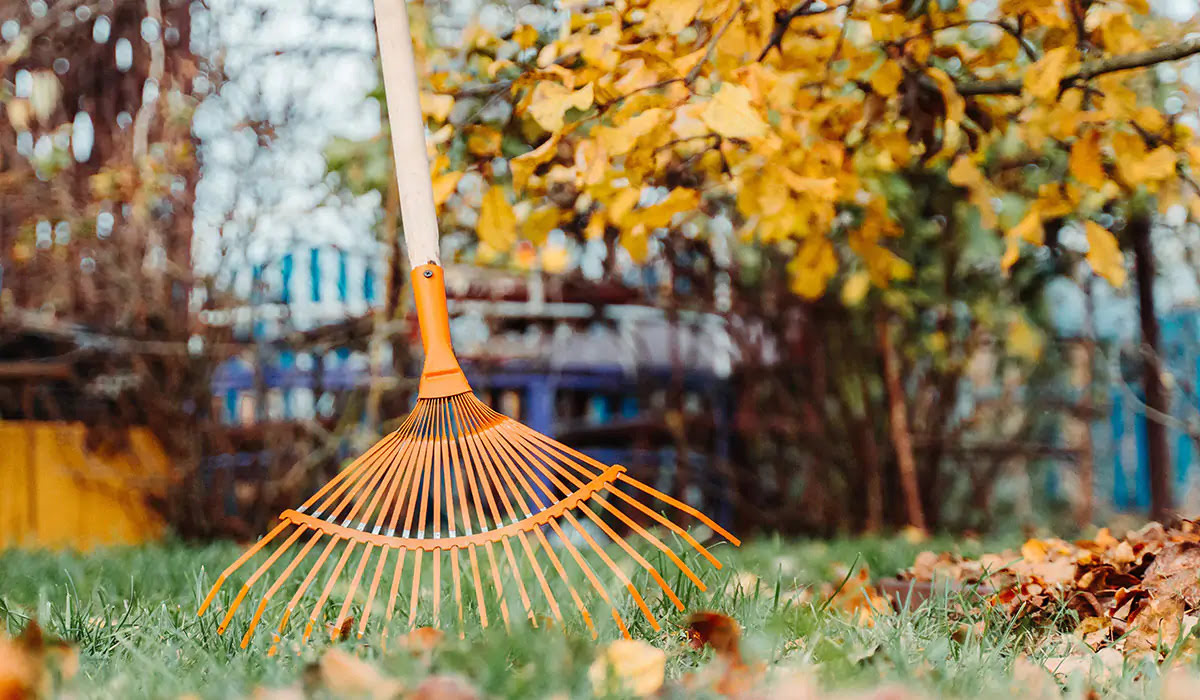
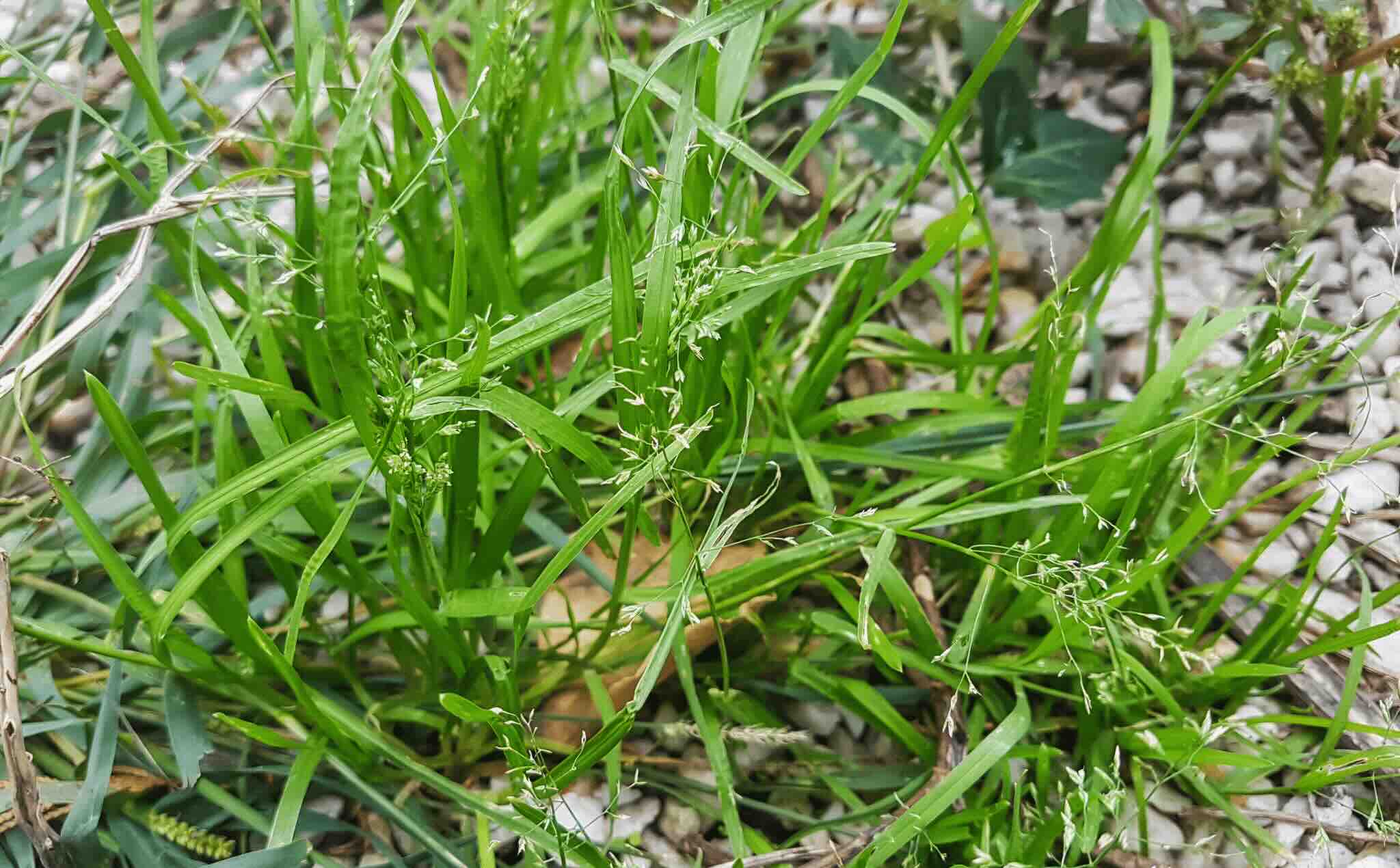
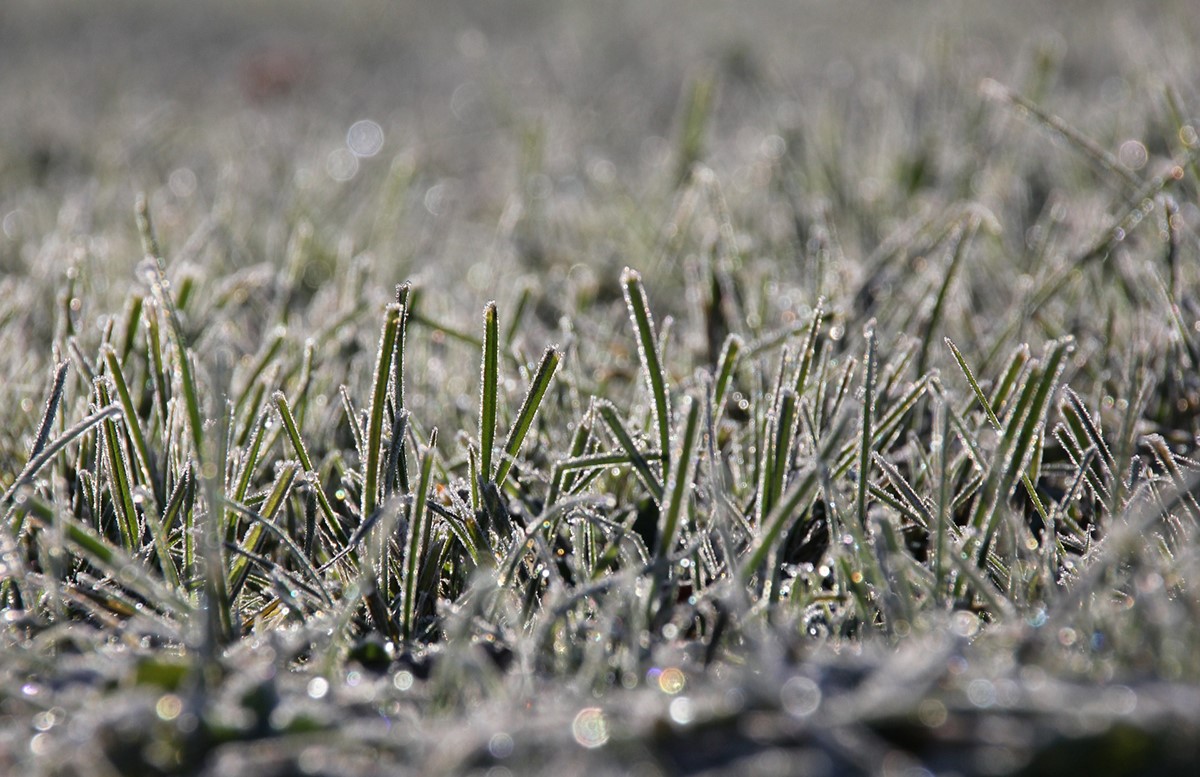
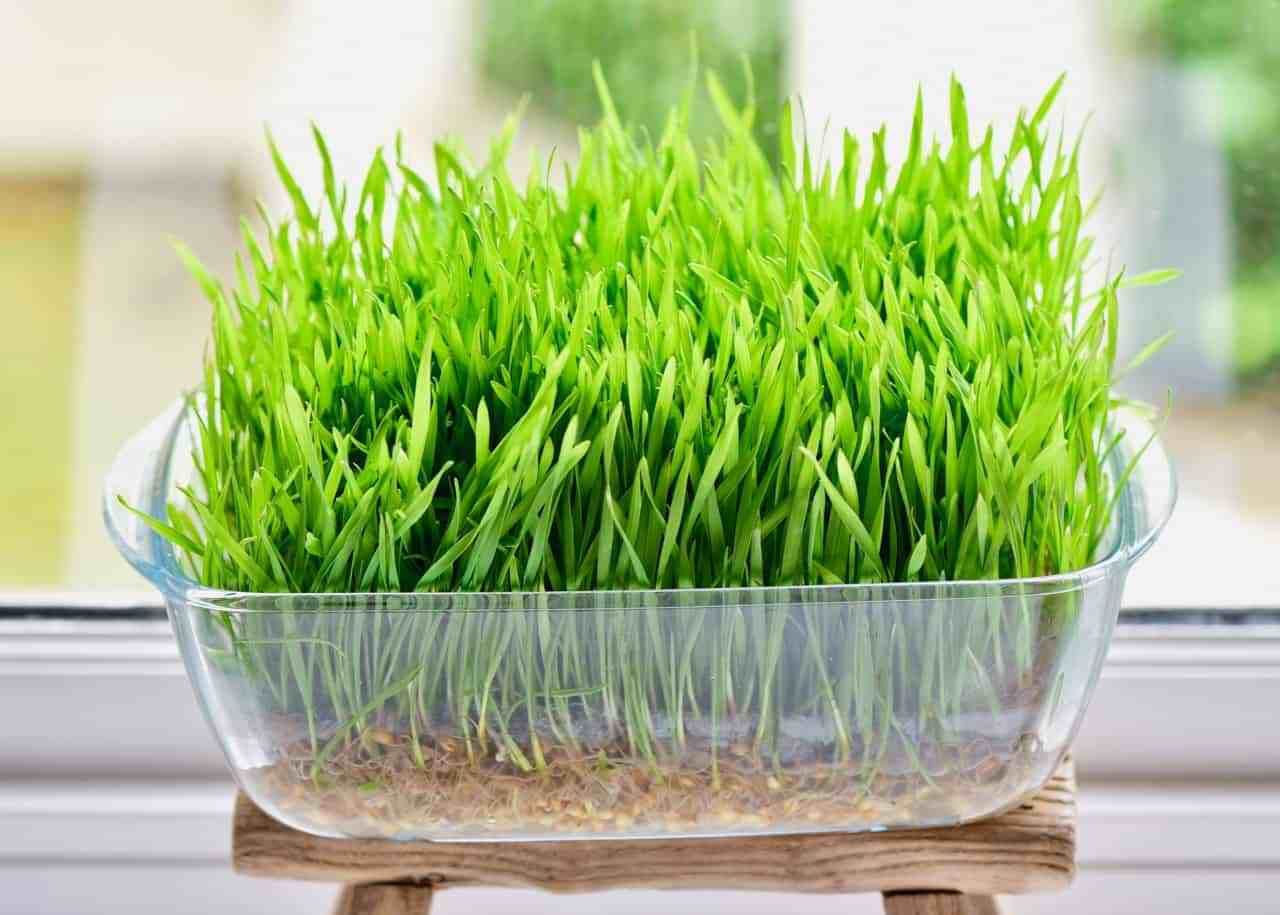
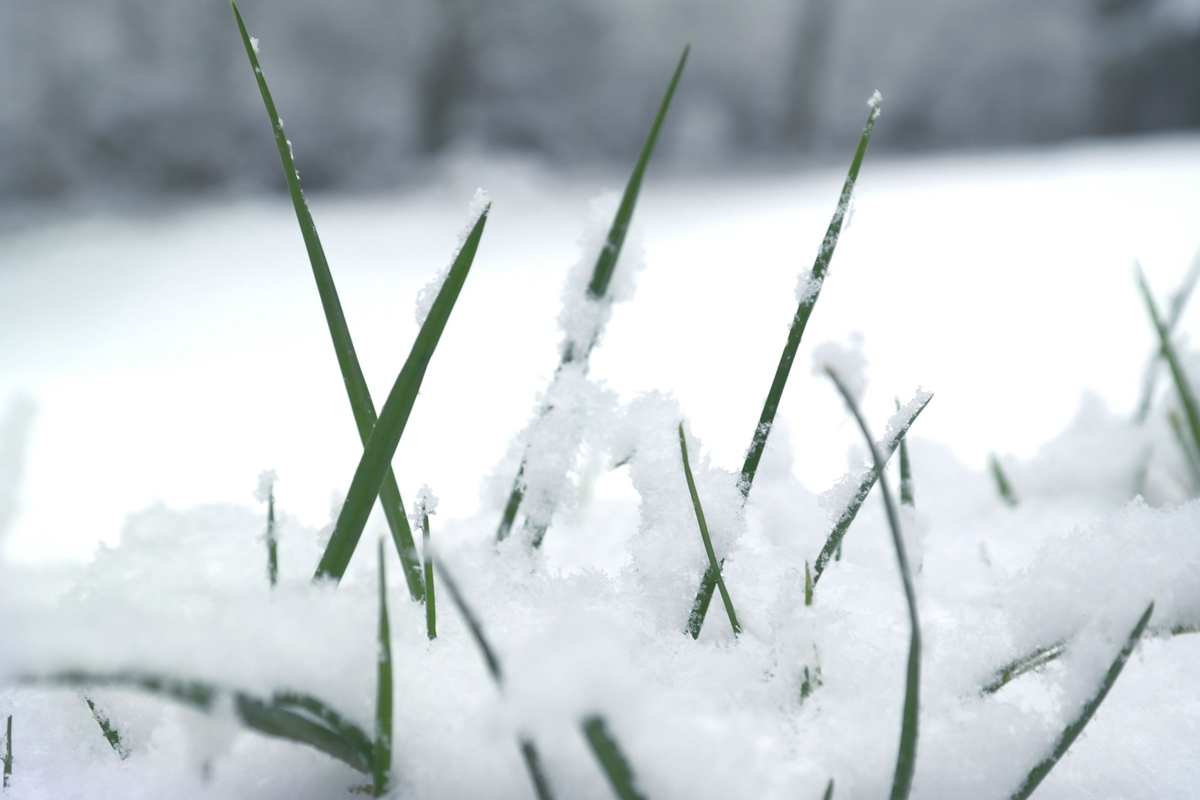
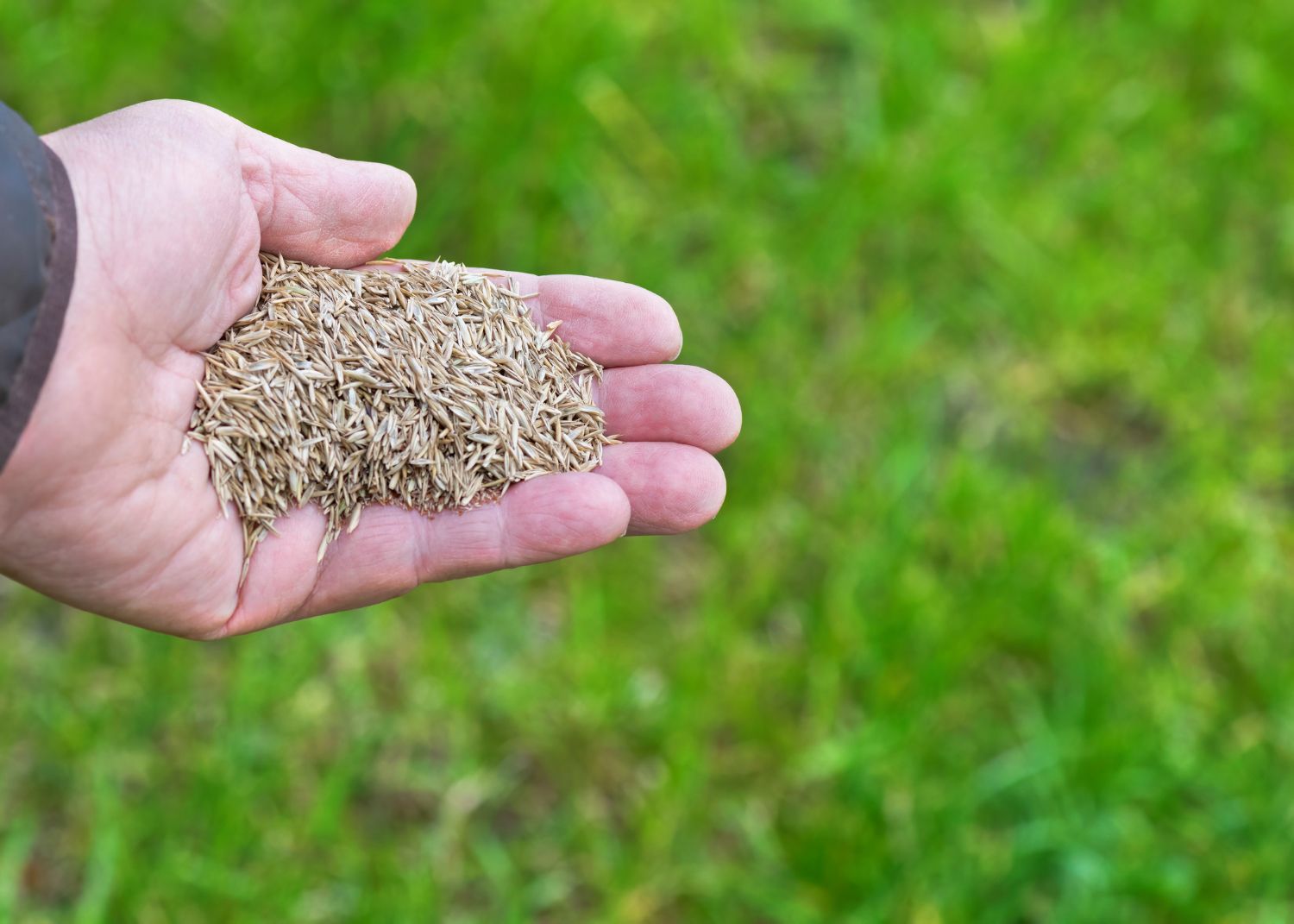
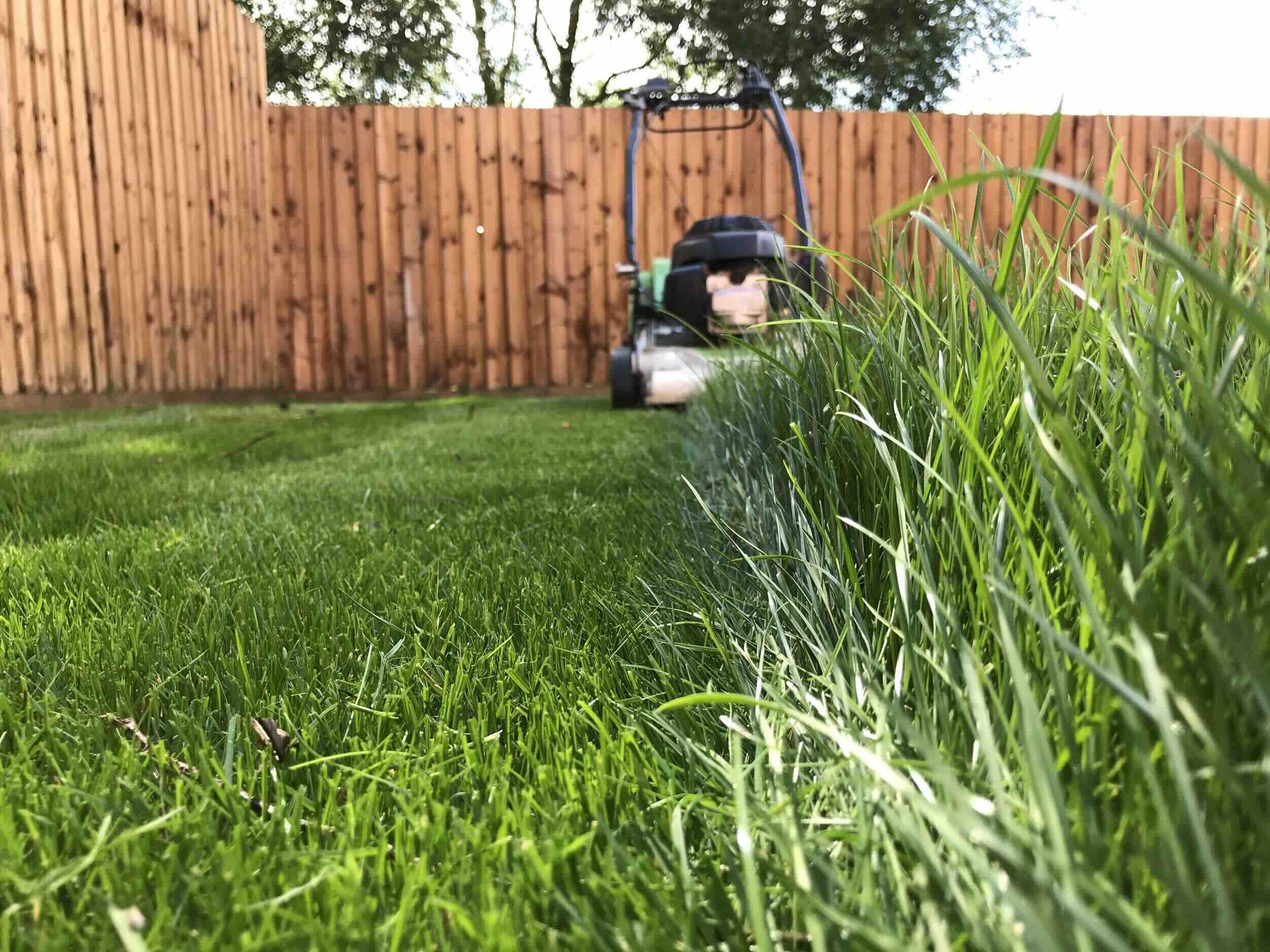

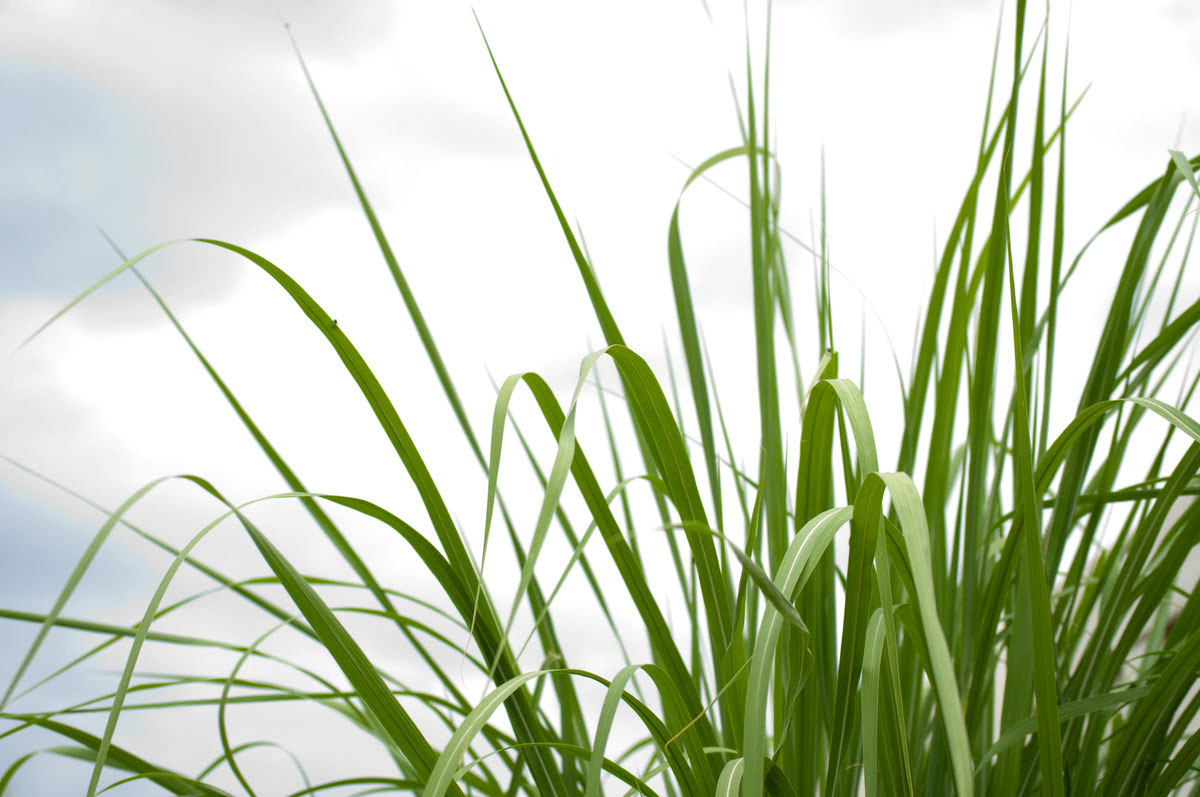
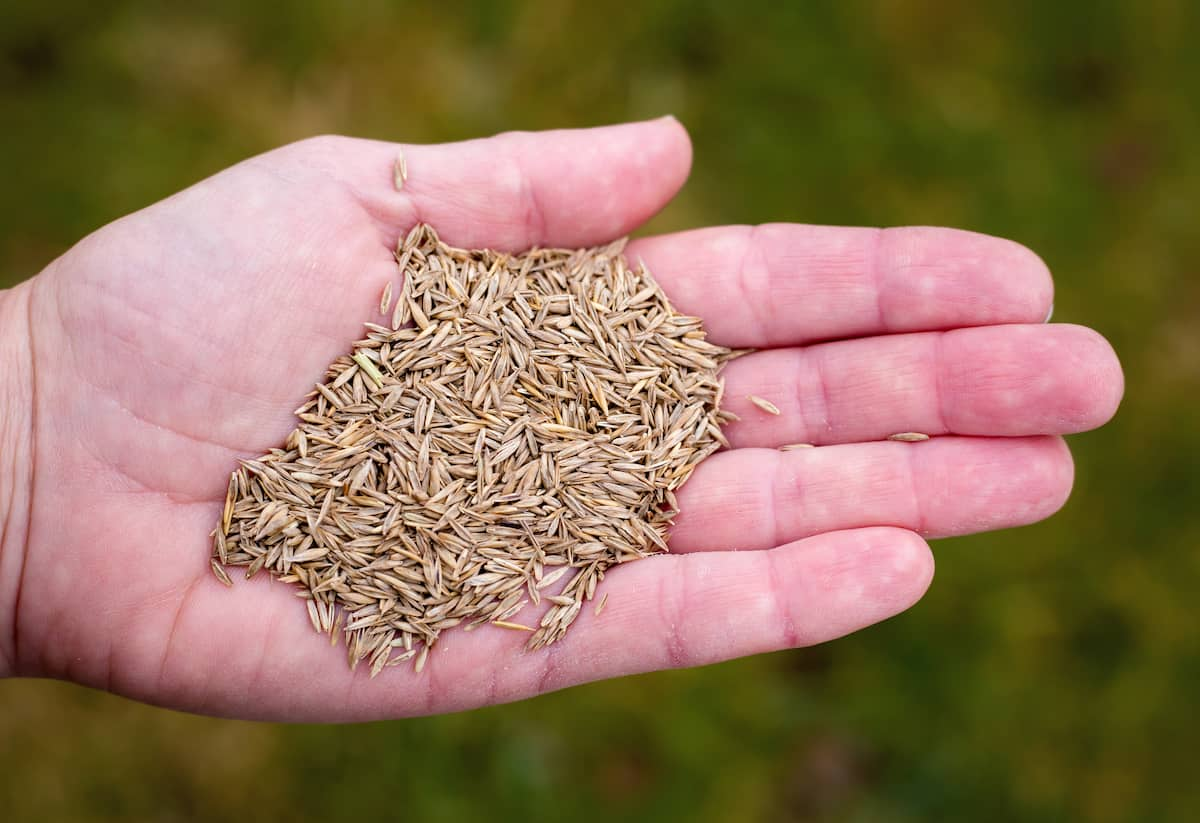
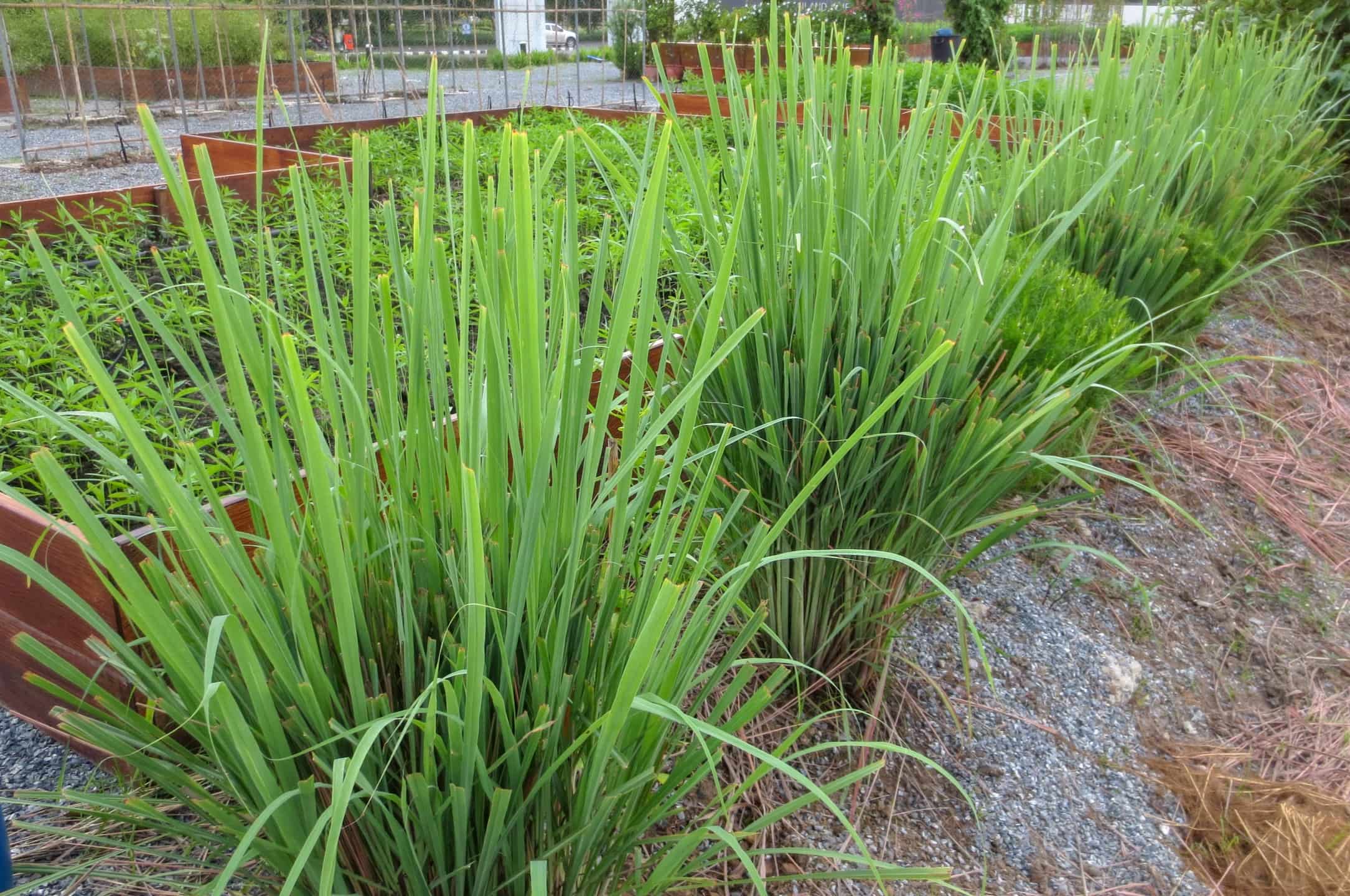
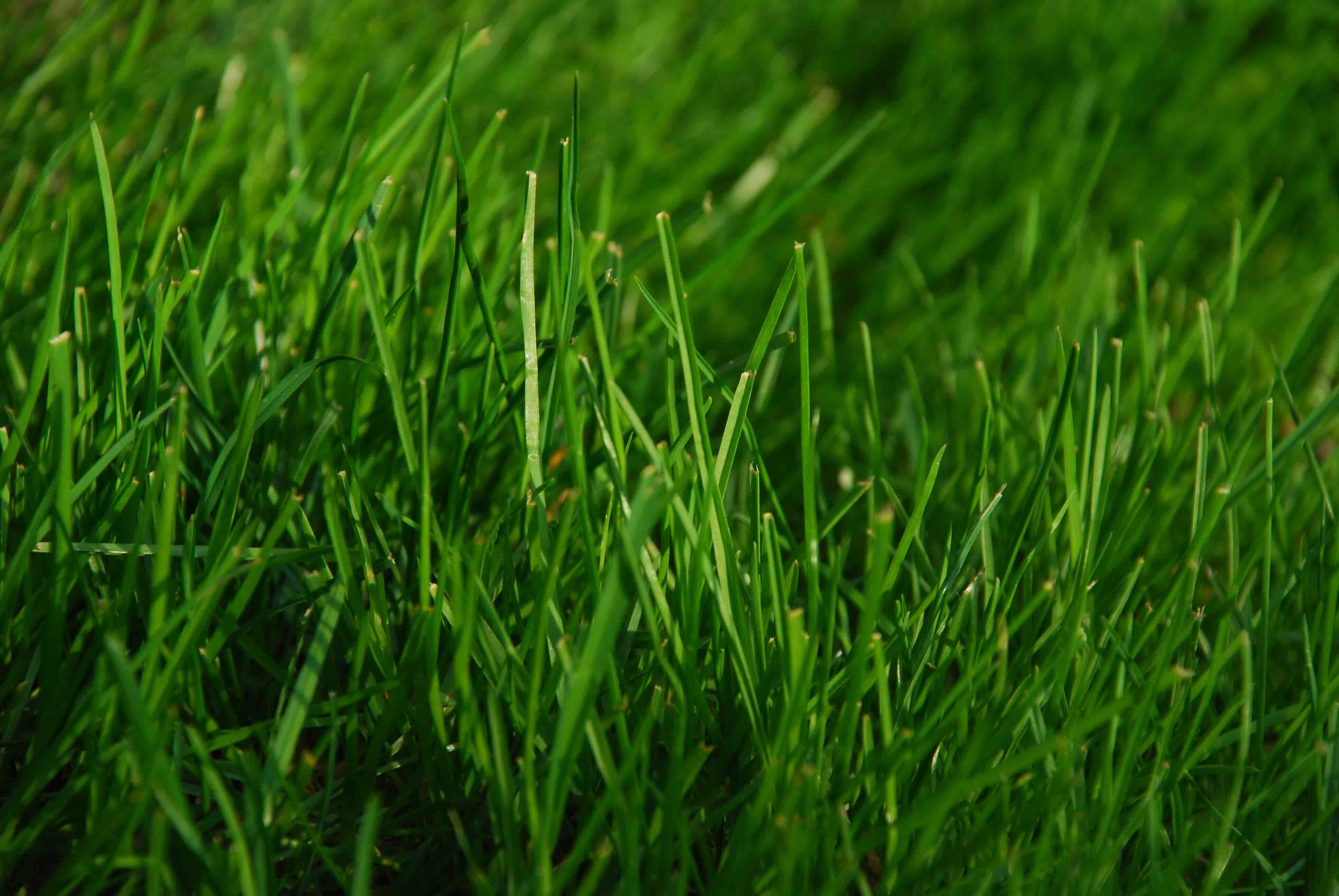
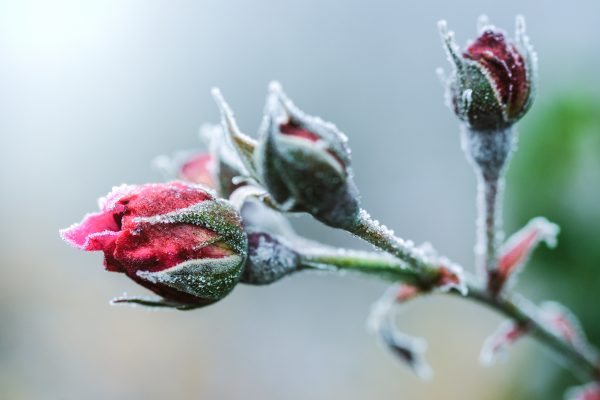
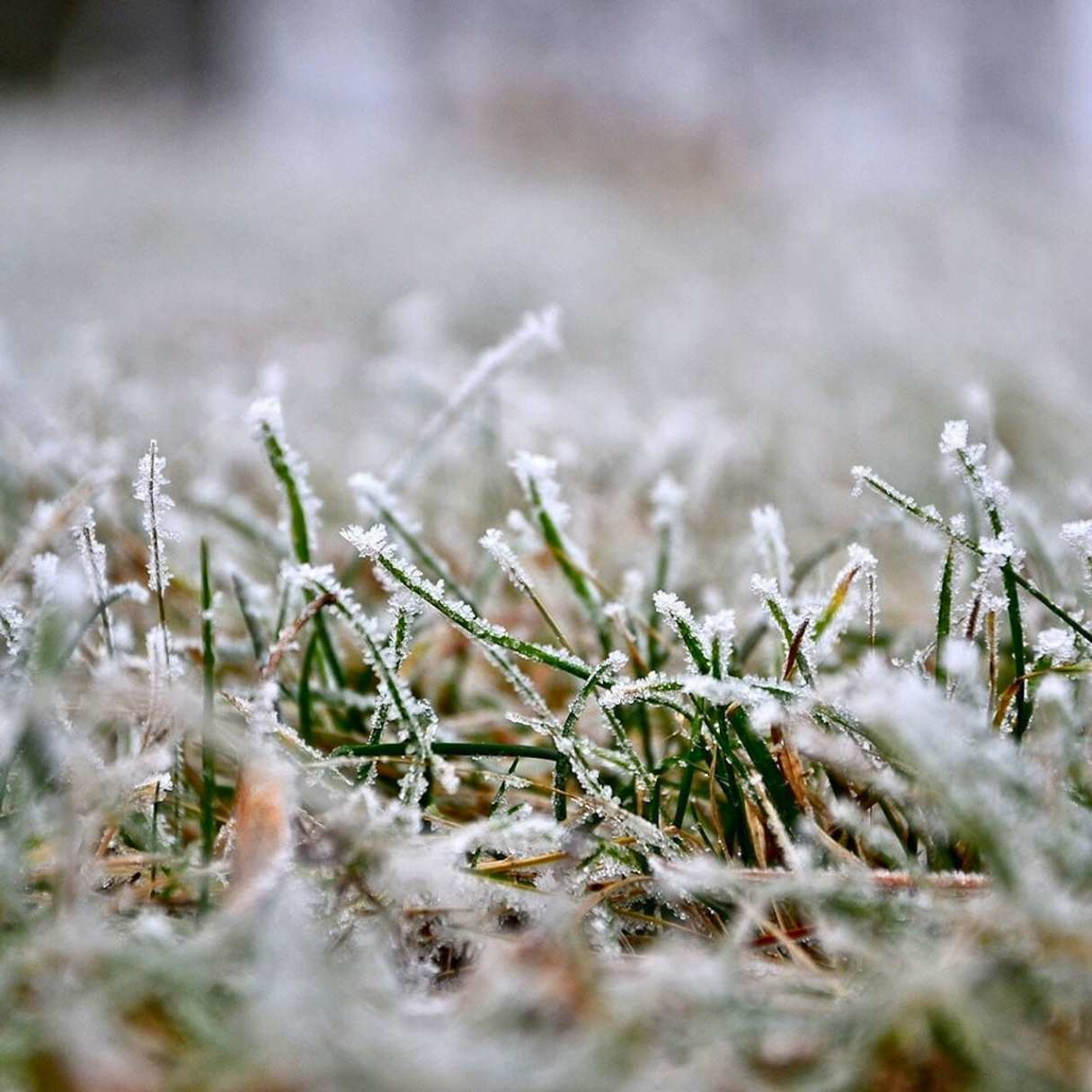

0 thoughts on “How To Grow Grass In The Winter”